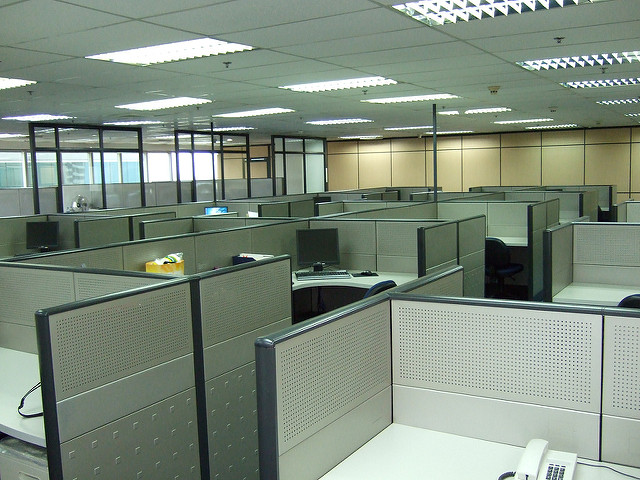
Pinay Workers Making Their Mark in Key Industries
By Rowena Diocton
There’s no denying it. Women have grown way beyond their traditional roles of housekeeping and child rearing. According to the April 2016 Philippine Labor Force Survey, nearly 17 million Filipino women are part of the country’s total labor force, nurturing careers in various industries, from agriculture and manufacturing to education and finance and insurance. These days, there really is nothing that Filipinas can’t do.
Still, there are major bumps on the road to career growth. Filipino career women remain at risk of the gender pay gap and stereotypes that come with being a driven, goal-oriented woman. As such, it pays to know where the Filipina careerist stands in the big picture. Here, we take a look at the facts surrounding Filipina workers and the challenges they continue to face.
1. Majority of Filipina workers are between 25 and 34.
The labor force survey mentioned earlier reveals that roughly one in 10 workers in the country is a woman between the ages of 25 and 34. Women in this age range have likely worked for at least four years after finishing a four-year college course.
2. Filipina workers dominate in several key industries.
According to 2014 data provided by JobStreet, an online job search site in the Philippines, Filipinas dominate in industries involved in the following:
- travel/tourism (81%)
- grooming/beauty/fitness (76%)
- gems/jewelry (75%)
- healthcare/medical field (72%)
- biotechnology/pharmaceuticals (71%)
- textiles/garments (70%)
- journalism, banking/financial (69%)
- agriculture (68%)
- wood/fiber/paper production (67%)
- property/real estate, accounting (65%)
3. More and more Pinays with high educational attainment are entering the workforce, contributing to positive economic growth.
In a 2015 survey of women workers in the Asia Pacific, the Asian Development Bank found that the Philippines is the only country in the region to close the gender gap in both education and health survival, owing to the country’s high female literacy and enrollment rate, survival rate, and life expectancy. Many Filipinas with higher education are helping bridge the employment gap between men and women, providing more opportunities for other women to get a higher pay and better positions.
4. More Filipino women are becoming major players in business and legislation.
Strong-willed Filipinas are increasingly exhibiting their capacity to take part in making big decisions that impact the business and legislative sectors. Data from the International Labor Organization showed that more than half (55%) of legislators, senior officials, and managers in the Philippines in 2008 were women. Women are typically underrepresented in decision-making processes, be it in state or business matters. As such, having more women get to top positions means greater opportunity for female representation in issues that affect them.
5. Despite their educational attainment, Filipino women are less likely to join the workforce than Filipino men.
Though they may be highly educated, Filipinas are less likely to join the labor force than their male peers, according to the latest MasterCard Index of Women’s Advancement. Often, socio-cultural factors deter them from doing so. The country’s history may have a hand in this, since Filipina workers have been predisposed to expect discrimination in the workplace.
These facts paint a picture of Filipino women as a resilient group that continue to find ways to prove their worth. There may be hurdles, but the rising number of women in the local workforce and in the top echelons of corporations and institutions shows that they are not going to let anything stop them from reaching their full potentials.
Photo: mUAr cHEe
